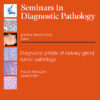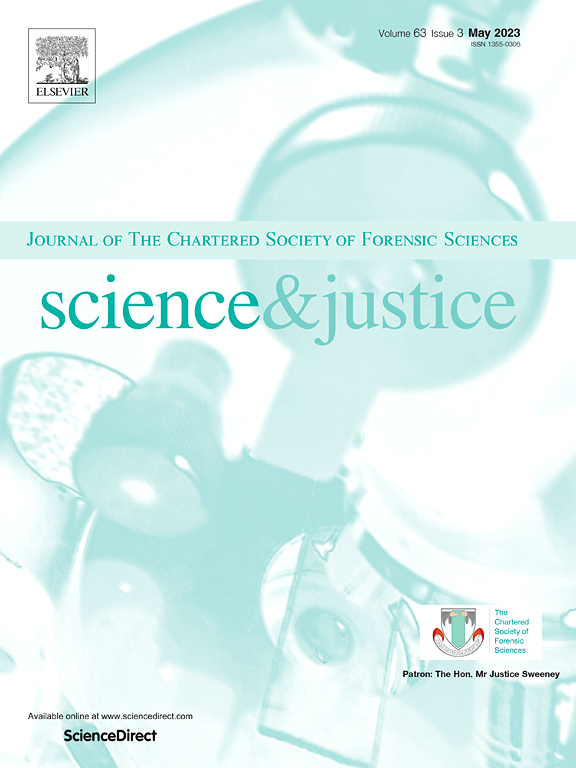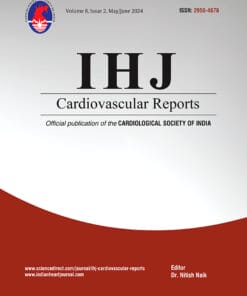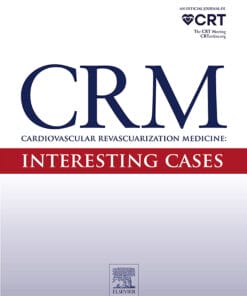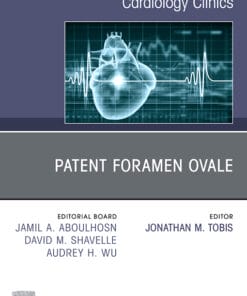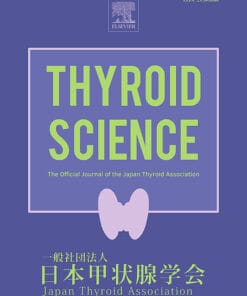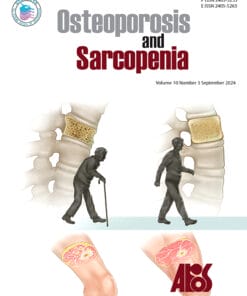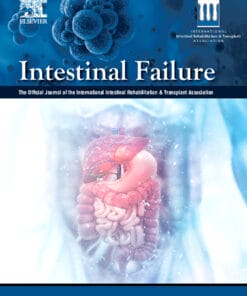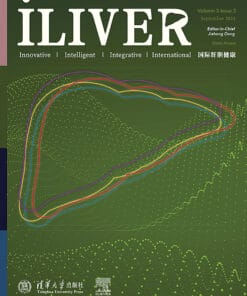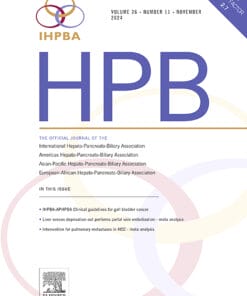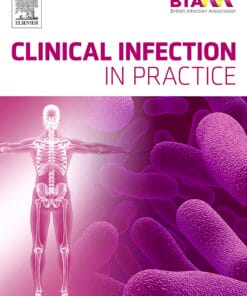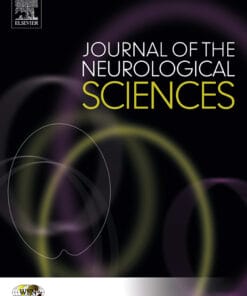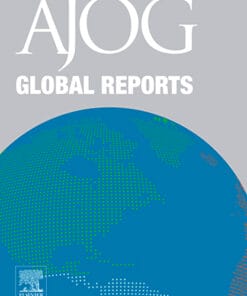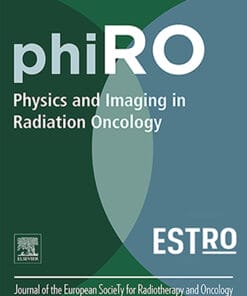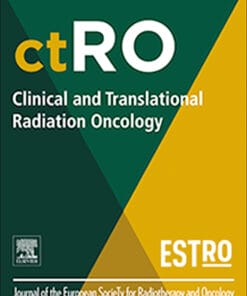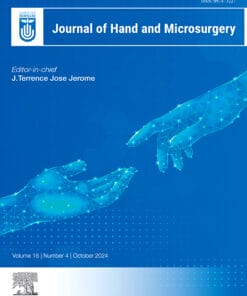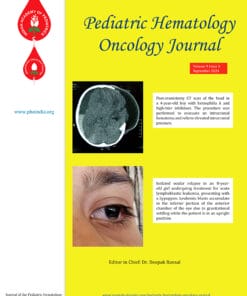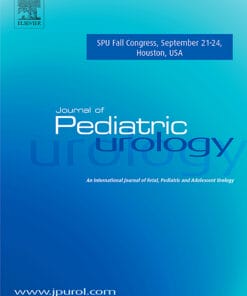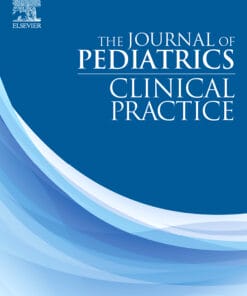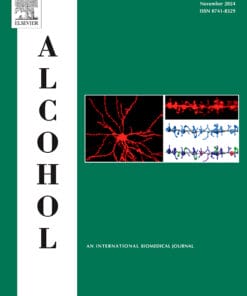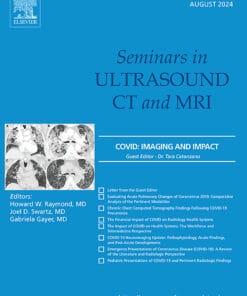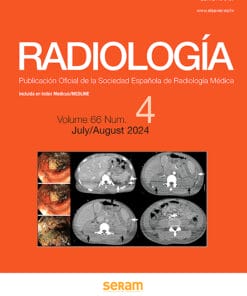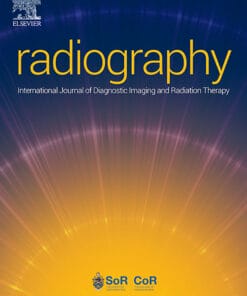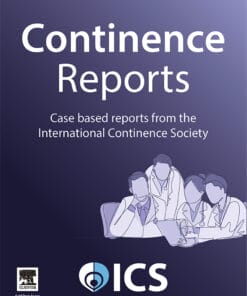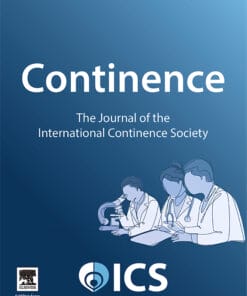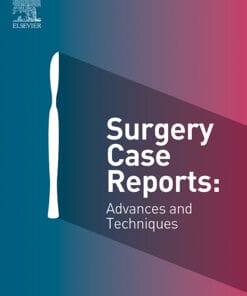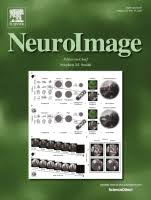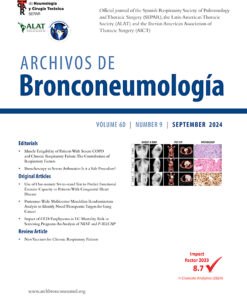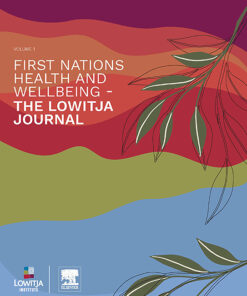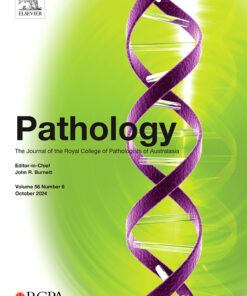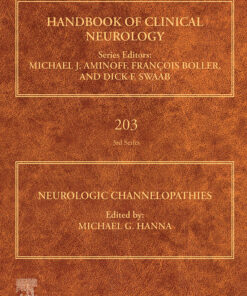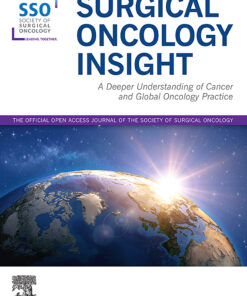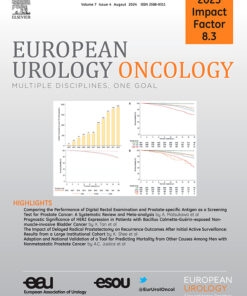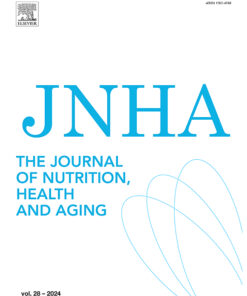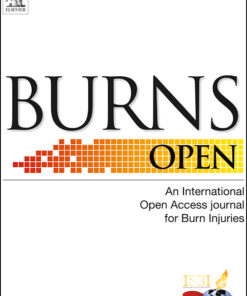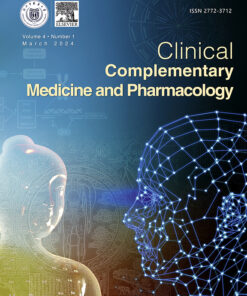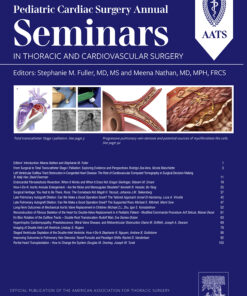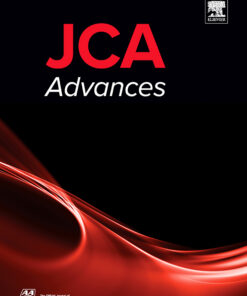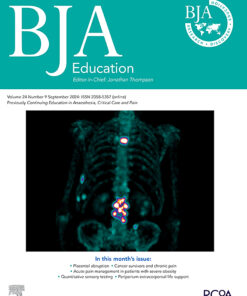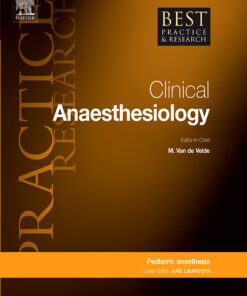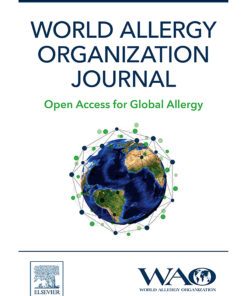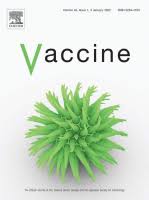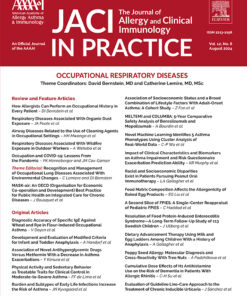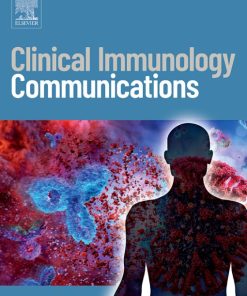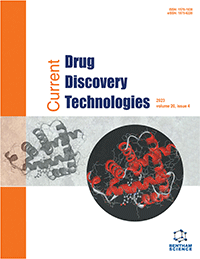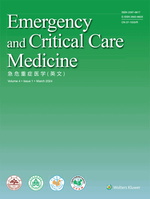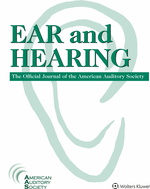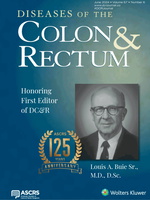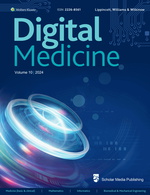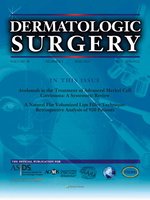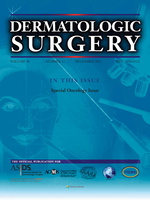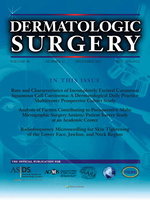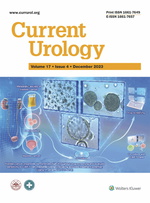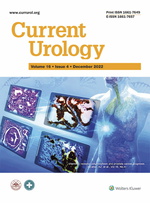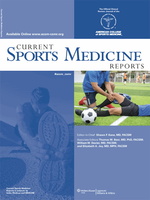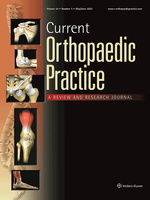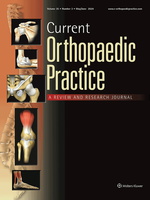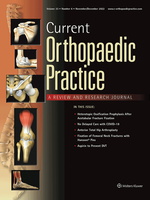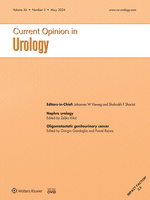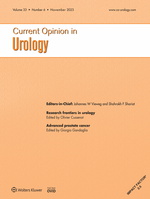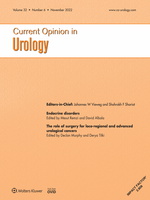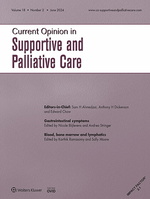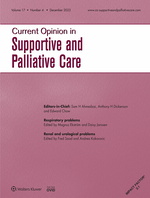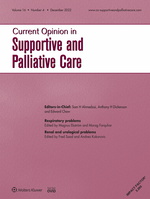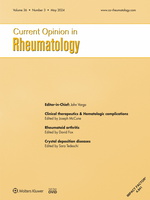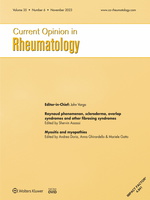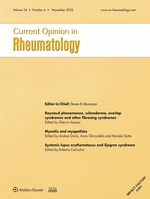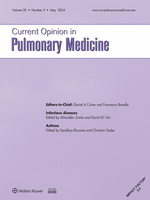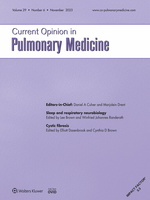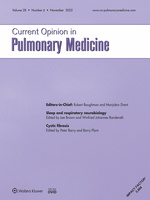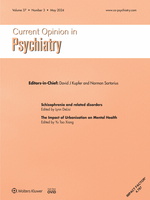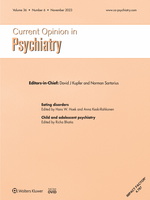Science & Justice, the official journal of The Chartered Society of Forensic Sciences, serves as a platform for the international exchange of scientific knowledge and advancements in the application of science to legal proceedings. It is a highly regarded publication that promotes original research and facilitates informed discussions within the forensic and crime science communities, as well as the criminal justice sector.
The journal accepts various types of submissions, including:
- Original Research Papers: These articles present new and significant scientific research findings related to forensic and crime science.
- Short Communications: This category includes preliminary studies and proof-of-concept articles where datasets are limited. They provide valuable insights or innovative ideas worth sharing with the scientific community.
- Review Articles: These papers offer comprehensive and critical evaluations of existing research and developments in specific areas of forensic science.
- Technical Notes: Technical Notes are concise articles that focus on specific methodologies, techniques, or tools relevant to forensic investigations.
- Case Studies: Case Studies describe real-life forensic cases, presenting the application of scientific methods in solving crimes and providing insights into investigative procedures.
- Professional Practice Reports: These reports highlight best practices, advancements, or challenges faced by forensic scientists, crime scene investigators, and legal professionals in their respective fields.
- Rapid Communications: Rapid Communications serve as a platform for timely dissemination of significant scientific findings that require immediate attention or have a high impact on the field.
- Commentaries: Commentaries, including Professional Commentaries, provide expert opinions, perspectives, and discussions on relevant topics in forensic science and the criminal justice system.
- Correspondence: This category includes letters and responses discussing previously published articles or raising important points related to forensic science.
Science & Justice is published six times a year and primarily caters to forensic scientists, forensic practitioners, crime scene investigators, legal professionals, and other professionals in related fields. The journal maintains a rigorous selection process, ensuring that all published articles adhere to strict ethical and legal standards. Authors submitting case studies or research involving human or animal experimentation, as well as studies involving human data (including patient data), must provide evidence of consent, compliance, and institutional ethical review committee approval.
The journal welcomes submissions from various disciplines within criminal justice, criminal law, and forensic science. These may include, but are not limited to, crime scene and vehicle collision investigation, forensic archaeology and anthropology, forensic biology, forensic genetics and pathology, forensic chemistry and toxicology, criminalistics and physical sciences, digital forensics, environmental forensics, and wildlife crime. Authors are encouraged to consider the diverse international readership of the journal and provide contextualization of their work’s implications and applications for practitioners, academics, researchers, and criminal justice systems worldwide.
| Volume | Volume 62, Issue 1: Pages 1-128 (January 2022), Volume 62, Issue 2: Pages 129-262 (March 2022), Volume 62, Issue 3: Pages 263-410 (May 2022), Volume 62, Issue 4: Pages 411-476 (July 2022), Volume 62, Issue 5: Pages 477-666 (September 2022), Volume 62, Issue 6, Pages 667-830 (November 2022), Volume 63, Issue 1: Pages 1-148 (January 2023), Volume 63, Issue 2: Pages 149-294 (March 2023), Volume 63, Issue 3: Pages 295-438 (May 2023), Volume 63, Issue 4: Pages 439-572 (July 2023), Volume 63, Issue 5: Pages 573-662 (September 2023), Volume 63, Issue 6: Pages 663-762 (November 2023), Volume 64, Issue 1: Pages 1-150 (January 2024), Volume 64, Issue 2: Pages 151-250 (March 2024), Volume 64, Issue 3: Pages 251-338 (May 2024), Volume 64, Issue 4: Pages 339-454 (July 2024), Volume 64, Issue 5: Pages 455-584 (September 2024) |
|---|
Related Products
Journals/Articles
Journals/Articles
Cardiovascular Revascularization Medicine: Interesting Cases PDF
Journals/Articles
Journals/Articles
Journals/Articles
Journals/Articles
Journals/Articles
Journals/Articles
Journals/Articles
Journals/Articles
Journals/Articles
Journals/Articles
Journals/Articles
Journals/Articles
Journals/Articles
Journals/Articles
Journals/Articles
Journals/Articles
Journals/Articles
Journals/Articles
Journals/Articles
Journals/Articles
Journals/Articles
Technical Innovations & Patient Support in Radiation Oncology PDF
Journals/Articles
Journals/Articles
Journals/Articles
Journals/Articles
Journals/Articles
Journals/Articles
Journals/Articles
Journals/Articles
Journals/Articles
Journals/Articles
The American Journal of Geriatric Psychiatry: Open Science, Education, and Practice PDF
Journals/Articles
Journals/Articles
Journals/Articles
Journals/Articles
Journals/Articles
Journals/Articles
Journals/Articles
Journals/Articles
Journals/Articles
Journals/Articles
Journals/Articles
First Nations Health and Wellbeing – The Lowitja Journal PDF
Journals/Articles
Journals/Articles
Journals/Articles
Journals/Articles
Journals/Articles
Journals/Articles
Journals/Articles
Journals/Articles
Journals/Articles
Journals/Articles
Journals/Articles
Seminars in Thoracic and Cardiovascular Surgery: Pediatric Cardiac Surgery Annual PDF
Journals/Articles
Journals/Articles
Journals/Articles
Journals/Articles
Journals/Articles
The Journal of Allergy and Clinical Immunology: In Practice PDF
Journals/Articles
Journals/Articles
Journals/Articles
Journals/Articles
Journals/Articles
Journals/Articles
Journals/Articles
Dimensions of Critical Care Nursing: Volume 43 (1 – 3) 2024 PDF
Journals/Articles
Dimensions of Critical Care Nursing: Volume 42 (1 – 6) 2023 PDF
Journals/Articles
Dimensions of Critical Care Nursing: Volume 41 (1 – 6) 2022 PDF
Journals/Articles
Journals/Articles
Journals/Articles
Journals/Articles
Journals/Articles
Journals/Articles
Journals/Articles
Journals/Articles
Journals/Articles
Journals/Articles
Current Sports Medicine Reports: Volume 22 (1 – 12) 2023 PDF
Journals/Articles
Journals/Articles
Current Sports Medicine Reports: Volume 21 (1 – 12) 2022 PDF
Journals/Articles
Journals/Articles
Journals/Articles
Journals/Articles
Journals/Articles
Journals/Articles
Journals/Articles
Journals/Articles
Journals/Articles
Journals/Articles
Current Opinion in Pulmonary Medicine: Volume 30 (1 – 3) 2024 PDF
Journals/Articles
Current Opinion in Pulmonary Medicine: Volume 29 (1 – 6) 2023 PDF
Journals/Articles
Current Opinion in Pulmonary Medicine: Volume 28 (1 – 6) 2022 PDF
Journals/Articles
Journals/Articles


